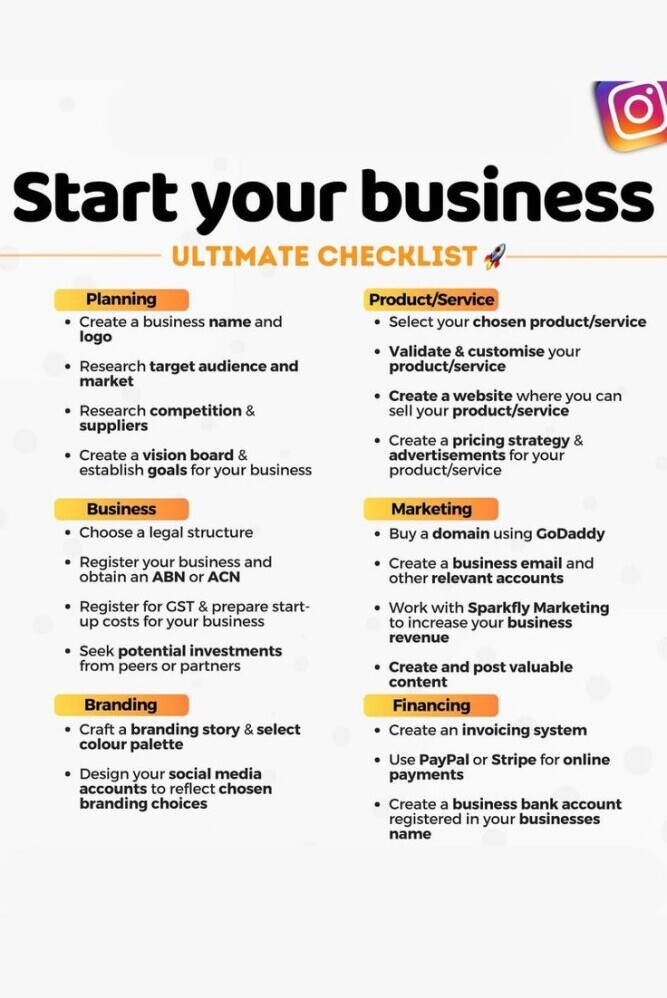
Financial Planning and Budgeting Tips for South Asian Women Starting an Online Business
Starting an online business can be an exciting venture, especially for South Asian women who are breaking barriers and stepping into entrepreneurial roles. While the digital space offers numerous opportunities, proper financial planning and budgeting are crucial to long-term success. Below are some tailored tips to guide you through the process:
1. Set Clear Financial Goals
Begin by defining your financial goals for the business. What do you hope to achieve in the next 6 months, 1 year, or 5 years? These goals should be specific, measurable, achievable, relevant, and time-bound (SMART). Whether it’s generating a certain amount of revenue or reaching a specific number of customers, having a roadmap gives your financial planning direction.
Tip: Break your larger financial goals into smaller, manageable milestones. This will help keep you motivated and track progress more effectively.
2. Create a Realistic Budget
A well-thought-out budget is essential to managing your finances and preventing overspending. Account for both initial startup costs and ongoing operational expenses. These could include website setup, marketing, software subscriptions, inventory (if applicable), and any professional services like legal or accounting.
Tip: Use budgeting tools or apps like Mint or You Need A Budget (YNAB) to create and track your expenses efficiently. Regularly update and review your budget to stay on track.
3. Prioritize Essential Spending
When starting out, it’s easy to get overwhelmed by all the tools and services you think you need. However, prioritize spending on essentials that will directly contribute to the growth of your business. For example, a professional website and effective marketing are critical, while hiring too early or splurging on high-end software may not be necessary initially.
Tip: Focus on free or affordable tools for website building, social media marketing, and project management in the early stages. Many platforms offer free trials or freemium versions that can meet your needs without hefty costs.
4. Plan for Taxes and Legal Obligations
It’s essential to understand your tax obligations as a business owner in your country. Research what taxes apply to your online business, and set aside money to cover them throughout the year. Additionally, ensure your business is legally compliant by registering it, applying for necessary licenses, and understanding local business laws.
Tip: Consult a financial advisor or tax professional who understands the needs of small business owners to avoid costly mistakes.
5. Manage Cash Flow Effectively
Maintaining positive cash flow—where more money is coming into your business than going out—is vital for sustainability. Regularly monitor your cash flow to ensure you have enough to cover day-to-day expenses while reinvesting in growth.
Tip: Invoice clients promptly, set clear payment terms, and consider offering discounts for early payments to improve cash flow. Using cloud-based accounting tools like QuickBooks or Xero can make tracking easier.
6. Separate Personal and Business Finances
Mixing personal and business finances can lead to confusion and difficulty in tracking expenses. Open a separate business bank account to manage your finances efficiently and maintain transparency. This will also help during tax filing and ensure you get a clear picture of your business’s financial health.
Tip: Consider getting a business credit card with rewards that cater to your business needs, such as travel points or cashback for office supplies.
7. Plan for Emergencies
Every business faces unexpected challenges, whether it’s a slow month or an unplanned expense. Setting up an emergency fund is key to protecting your business from financial setbacks. Ideally, this fund should cover 3 to 6 months of operating expenses.
Tip: Start small by putting aside a percentage of your revenue each month into a savings account designated for emergencies.
8. Invest in Your Skills and Growth
While budgeting, allocate funds for personal development. Learning new skills such as digital marketing, financial management, or product development can help scale your business more effectively. Investing in yourself can have a significant long-term impact.
Tip: Look for affordable courses, webinars, or certifications in areas you want to develop. Platforms like Udemy, Coursera, and LinkedIn Learning offer quality education at lower costs.
9. Track Your Progress and Adjust
Regularly review your financial goals, income, and expenses to identify trends and areas for improvement. Are you meeting your revenue targets? Is there unnecessary spending? Being flexible and willing to adjust your plans is key to sustaining growth.
Tip: Set up a monthly or quarterly financial review to evaluate your progress and make data-driven decisions about where to cut costs or reinvest profits.
10. Seek Financial Advice and Mentorship
Starting a business can be overwhelming, especially when it comes to finances. Seeking advice from a financial mentor, joining entrepreneurial communities, or working with an advisor who understands the unique challenges South Asian women face can provide valuable insights and guidance.
Tip: Network within South Asian women’s entrepreneurial communities, both online and locally, to exchange ideas, gain support, and access financial resources tailored to your needs.
Conclusion
Starting an online business is an empowering step for South Asian women, and with proper financial planning and budgeting, you can ensure your venture thrives. By setting clear goals, creating a solid budget, and managing your cash flow effectively, you’ll be able to make confident decisions and lead your business towards long-term success. Embrace the process, stay disciplined, and seek the right support to help your business flourish.
No Responses